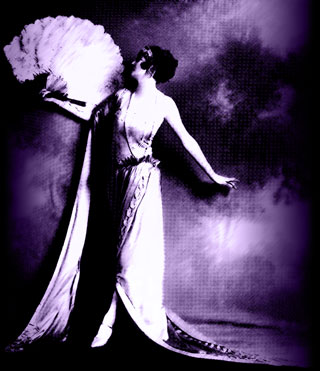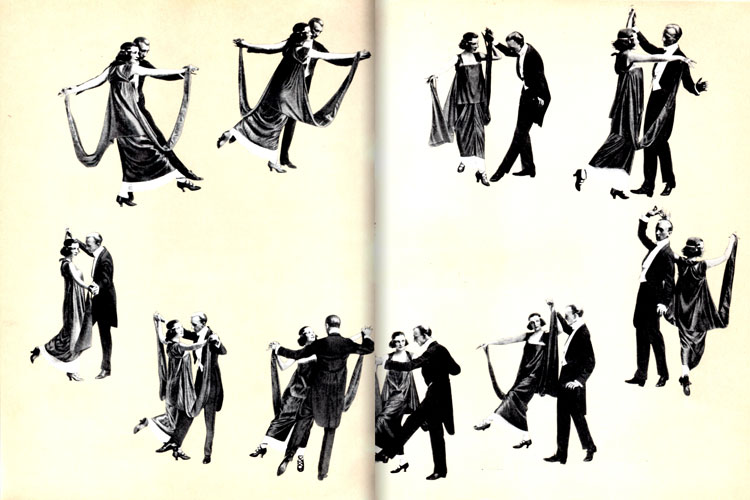could dance through life one more time,
wouldn't you try to make it perfect?
The History
Prior to Vernon and Irene Castle, partner dancing was either stately and stiff (the Waltz) or vulgar and crass (the Tango). They ushered in a new era by bringing legitimacy, grace and glamour to the world of ballroom dance.
- 1910: Irene Foote and Vernon Castle meet, marry and dance.
- 1911: While in Paris, where they have been booked to perform in a revue, the Castles create a sensation dancing at the Café de Paris.
- 1912 thru 1916: After a triumphant return to New York, the Castles are in demand on stage, in Vaudeville and in motion pictures. They refine and popularize the Foxtrot, the Waltz and Tango and create new dances including the Castle Walk. Irene becomes a fashion trendsetter and the first to "bob" her air. Their name is used in advertising shoes, hats, records, cosmetics and cigars. They open dance schools and night clubs.
- 1916: Irene is voted the Most Popular Movie Actress in America. Vernon enlists in the Royal air service to fight in WWI.
- 1918: Vernon dies in plane crash.
- 1938: The Story of Vernon and Irene Castle, an RKO Astaire/Rogers film is made with Irene hired as "consultant".
- 1969: Irene dies—51 years after her dance partner.
Musical Synopsis

Irene Castle arrives at RKO Studios, thrilled with the opportunity to immortalize the life she led with her late husband Vernon. She is determined to get the details right, but so far things aren’t looking good. The sets for her childhood home and for the Café de Paris (where she and Vernon made their first international impression) aren’t authentic; Irene is being played by Ginger Rogers, who doesn’t want to change her own wardrobe or hair style to match Irene’s; and Walter Ash, the African-American friend and companion who accompanied Irene and Vernon on their travels, has been cast with a white actor (Walter Brennan).
Irene struggles with the film’s director, H.C. Potter, over these and other issues, politely at first, then with increasing determination and distress. At the same time she keeps reliving cherished memories and imagining scenes with ghosts of the present and past. Before arriving at RKO she considered herself an emotionally healthy woman who had "moved on" from personal sorrow and the waning of fame. Now she isn’t so sure.
From a concept by Richard Stafford
Book, music and lyrics by Milton Granger
Additional material by Jere Hodgin
Direction and choreography by Richard Stafford

